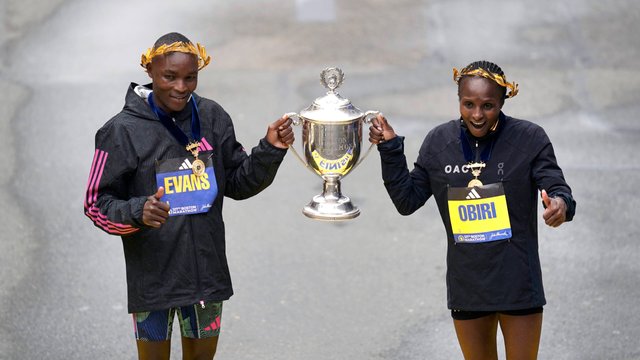The Boston Long distance race: A Memorable Race of Versatility and Win
The Boston Long distance race is one of the most seasoned and most esteemed races on the planet. Held yearly on Loyalists' Day, the third Monday of April, the race draws in first class sprinters, sporting sprinters, and excited observers from around the globe. It is known for its difficult course, rich history, and noteworthy accounts of strength and win. How about we plunge into the set of experiences, importance, and persevering through soul of the Boston Long distance race.

History and Starting points:
The Boston Long distance race has a celebrated history that traces all the way back to 1897 when the primary version of the race was held. It is the world's most established yearly long distance race and has been run consistently since, with the exception of a couple of occasions during The Second Great War and II. The race was roused by the main current Olympic Long distance race held during the 1896 Athens Olympics, and it was designed according to that occasion.
The thought for the Boston Long distance race was brought about by a gathering of unmistakable Bostonians, including a renowned competitor and financial specialist named John Graham. The debut race highlighted just 15 members, and the course covered a distance of roughly 24.5 miles, beginning from the town of Ashland and finishing at the Irvington Oval in Boston. The course was subsequently normalized to the ongoing long distance race distance of 26.2 miles in 1908.
Importance and Custom:
The Boston Long distance race holds a unique spot in the hearts of sprinters and fans the same because of its importance in the realm of distance running. It is one of the six World Long distance race Majors, alongside the races in Tokyo, London, Berlin, Chicago, and New York City, which are viewed as the most esteemed long distance races on the planet. Nonetheless, the Boston Long distance race stands apart for its special history and custom.
One of the most loved customs of the Boston Long distance race is the passing principles that members should meet to be qualified to enlist for the race. These norms depend on age and orientation and are set by the Boston Athletic Affiliation (BAA), the association liable for sorting out the long distance race. Fitting the bill for Boston is viewed as a huge accomplishment for some sprinters, as it requires commitment, difficult work, and tirelessness.
One more striking custom of the Boston Long distance race is the "Tucker Number One" which is saved for the reigning champ of the earlier year's race. This esteemed face cloth number is worn by the defending champ as an image of their achievement and is much of the time the most pursued tucker in the race.
The Soul of Strength:
The Boston Long distance race is likewise known for its soul of flexibility, which was exemplified by the disastrous occasions of April 15, 2013. During the 117th running of the race, two bombs detonated close to the end goal, bringing about the deficiency of three lives and harming many others. The episode stunned the world and profoundly influenced the running local area.
Notwithstanding, the soul of flexibility won as sprinters, observers, and the city of Boston met up to help one another and defeat the misfortune. The next year, the 2014 Boston Long distance race was a powerful and close to home occasion, with "Boston Solid" turning into a revitalizing cry of fortitude and assurance. The race turned into an image of strength and an encapsulation of the unstoppable soul of the human will.
From that point forward, the Boston Long distance race has kept on being an image of solidarity, solidarity, and strength. The race has seen innumerable accounts of win over difficulty, with sprinters defeating individual difficulties, actual inabilities, and mental obstructions to finish the tiring course. The Boston Long distance race has turned into an encouraging sign, rousing sprinters from varying backgrounds to stretch past their boundaries and accomplish their objectives.
End:
The Boston Long distance race isn't simply a race; it is an image of history, custom, and strength. It has developed from humble starting points to become quite possibly of the most renowned long distance race